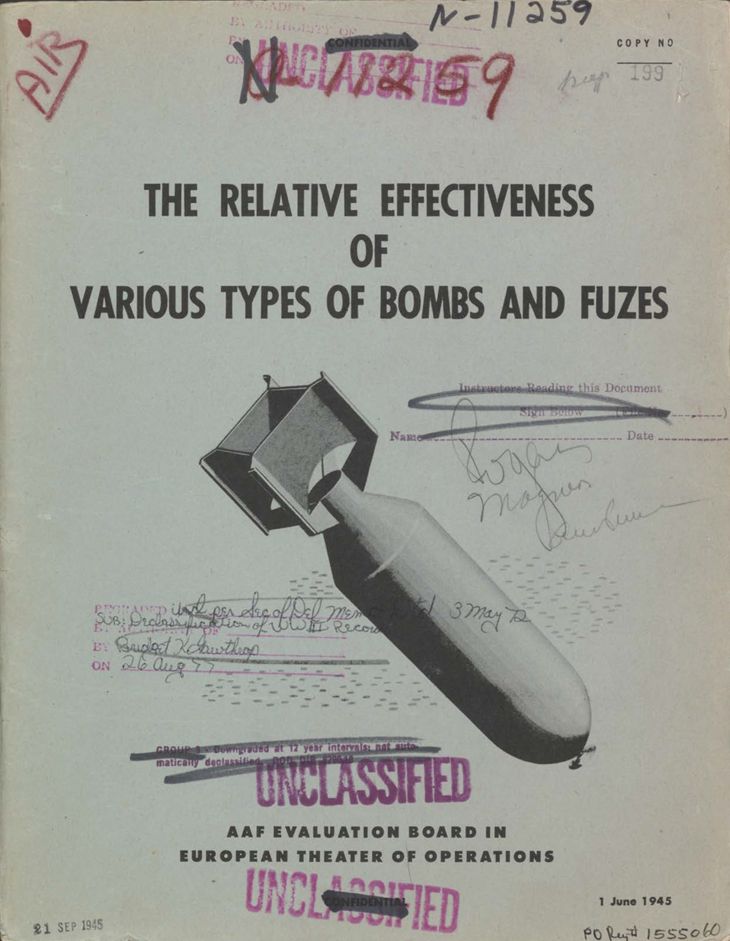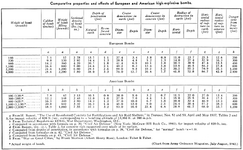jay hammond
Airman
- 26
- Sep 11, 2021
I've been searching years to find someone who can tell me what the crater dimensions would be from an RAF 250, 500 and 1,000 bomb if dropped on a railway marshalling yard and surrounding city, i.e., not open country. I've looked on the internet, a variety of books and to date nothing. Hopefully someone has the answer to this niggling problem.


